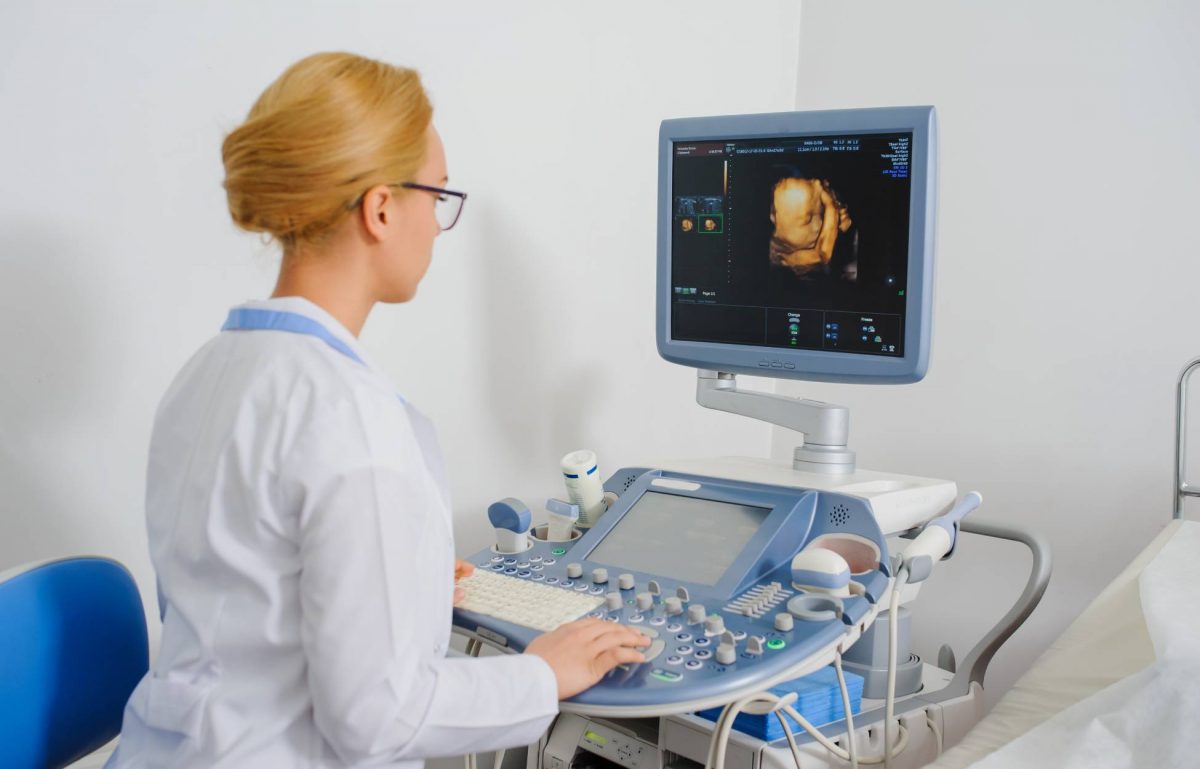The world of ultrasound imaging has undergone some remarkable advancements recently, particularly with the emergence of 3D and 4D technologies. These breakthroughs are not only revolutionizing how we view the human body but are also making it easier for medical professionals to diagnose and treat patients. If you’re unfamiliar with these changes, this post will bring you up to speed on the latest improvements in 3D and 4D ultrasound imaging.
Enhanced Clarity and Depth
One of the most exciting advancements in 3D and 4D ultrasound imaging is the enhanced clarity and depth of the images produced. Traditional 2D ultrasounds often leave much to the imagination, producing flat images that can sometimes be difficult to interpret. However, with 3D and 4D technology, you’ll get a more detailed and lifelike view of the body’s internal structures. With the help of an ultrasound imaging guide, you can use these improvements to detect anomalies earlier and more accurately, making the diagnostic process much more efficient.
Less Image Distortion
Gone are the days of grainy, hard-to-read ultrasound images. 3D and 4D ultrasound technologies have significantly reduced image distortion, providing clearer and more accurate visuals. This improvement allows you to make more precise measurements and better understand the conditions you’re diagnosing. With fewer distortions, interpreting ultrasound images becomes less of a guessing game and more of a science, ultimately improving patient outcomes.
Tracking of Real-Time Movements
One of the standout features of 4D ultrasound is its ability to track real-time movements. This capability is particularly useful in obstetrics, where monitoring the movements of a fetus can provide invaluable information about its health and development. Additionally, real-time tracking can be beneficial in various medical fields, including cardiology and orthopedics. This feature enables you to see how tissues, muscles, and even blood flow move and change over time, giving you a dynamic view that wasn’t really possible with traditional ultrasound.
Improved Mobility
Another breakthrough that’s making waves in the medical community is the development of portable 3D and 4D ultrasound models. As the tech has become more compact, manufacturers have been able to create devices that are lightweight and easy to transport. This allows medical professionals to bring advanced imaging capabilities directly to their patients, whether they are in a different room or a different facility altogether. Improved mobility means you can offer high-quality care in various settings, making it easier to provide comprehensive diagnostics without the need for patients to travel to specialized areas.
The advancements in 3D and 4D ultrasound imaging are truly groundbreaking. As technology continues to evolve, we can expect even more innovations that will further improve patient care and enhance our understanding of the human body. The future of ultrasound imaging is bright, and the possibilities are limitless.













